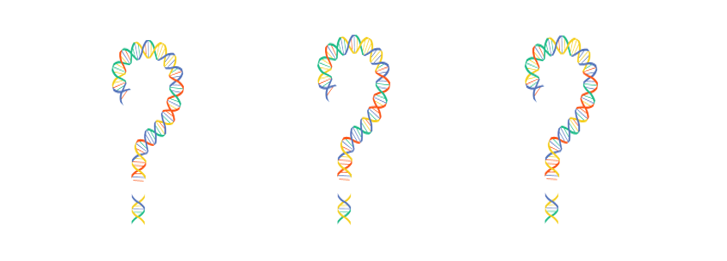In my last post, I’ve written about discovering hidden recombinations on the X-chromosomes of my father and his siblings after comparing them to a distant cousin match. This has raised several questions: Are there more? Where are they? How many of my previous Visual phasing results are incorrect because of hidden recombinations?
Visual phasing is still a fairly new technique – it was developed independently by Kathy Johnston and Randy Whited some time in 2015. However, the greater public became aware of this methodology only more than a year later, thanks to Blaine Bettinger’s blog post in November 2016. Since then its popularity grew among genetic genealogists around the world, many of whom have shared their experiences in the Visual phasing working group on Facebook.
While the Visual phasing methodology is the same for all, the results are unique for everyone. And so are the situations the group members find themselves in. Some have only two siblings to work with, but still succeed, thanks to other close relatives. Others lack close cousins, but manage to make the best out of their stranger matches at GEDmatch. And then there are also several lucky ones, who have the opportunity to work with four or more siblings, and reconstruct nearly complete DNA profiles of their deceased ancestors. The knowledge and insight gained in this truly pioneering work is then shared with each other in the group.

